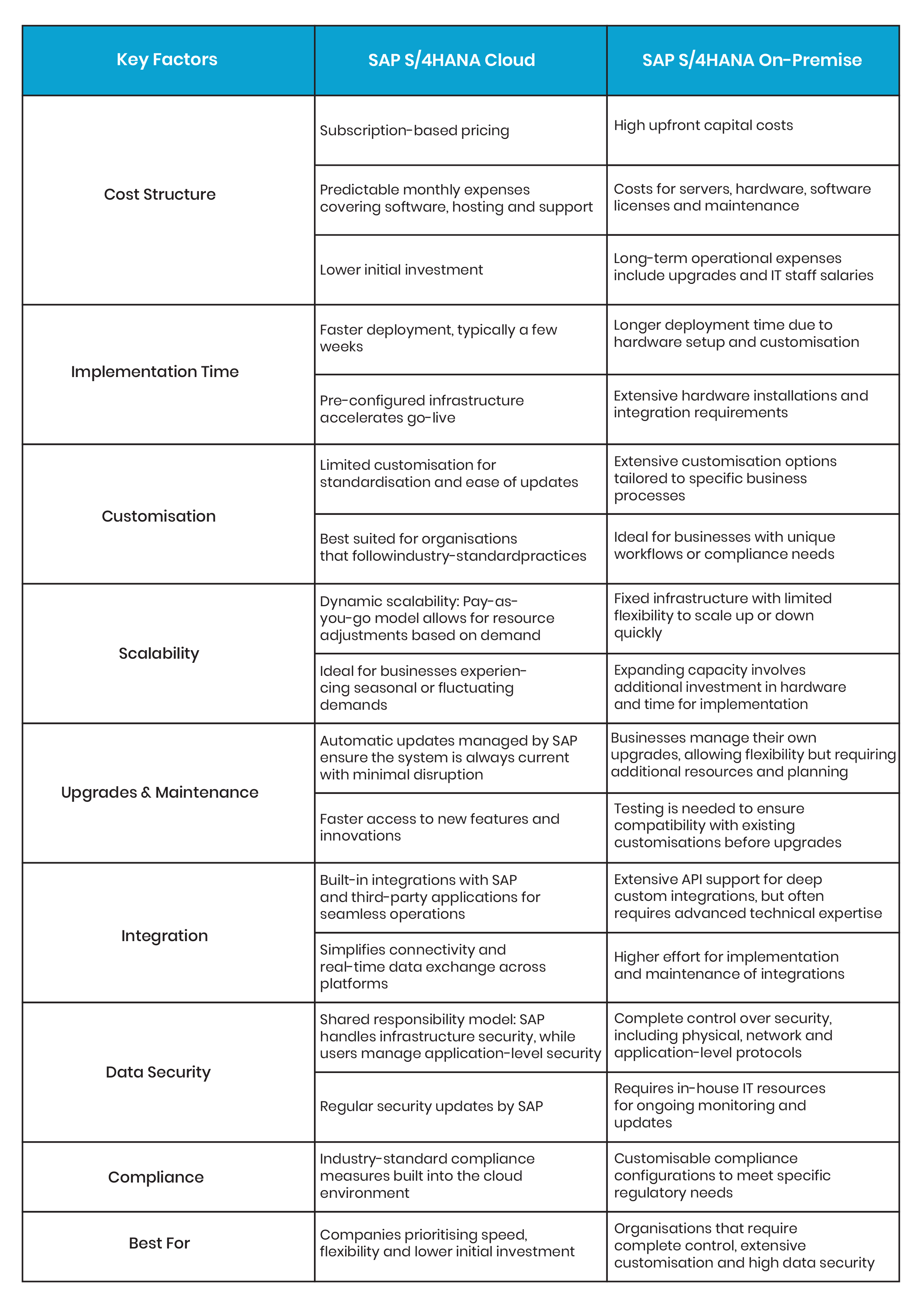SAP S/4 HANA Cloud vs On-Premise: Top 7 Key Differences Explained
This article will explore the top 7 key differences between SAP S/4 HANA Cloud and On-Premise. It aims to provide a comprehensive comparison to guide your decision-making process. Let’s begin by first understanding the deployment models – SAP S/4 Hana Cloud and SAP S/4 Hana On-Premise.
What's Your Reaction?
















